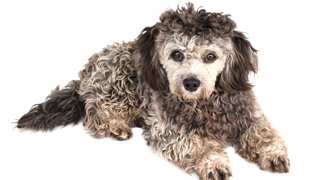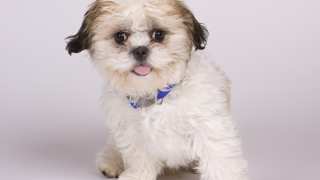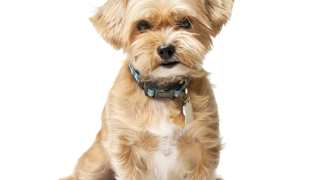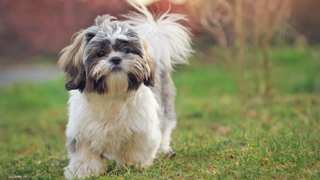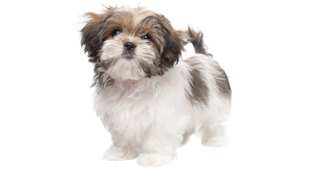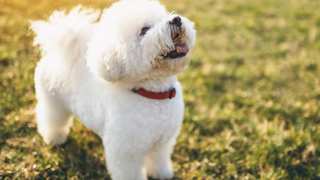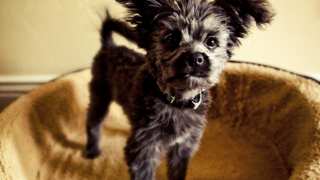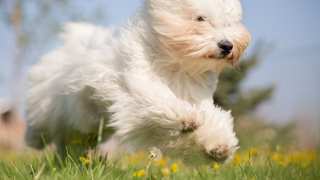Like all breeds, a Shih Poo's diet is vital to keeping it happy, healthy, and long-living. Shih Poo food will need to have animal proteins and carbohydrates for energy, vitamins and minerals for digestive and immune health, and omega fatty acids for coat and skin wellness. This means the most sensible choice is premium dry food, particularly the kind made for small breeds, as it contains the above-listed ingredients and is formulated to keep your Shih Poo healthy in the long term. Cheap, generic dog food, while less expensive and easier to obtain, is not a healthy choice at all; these inexpensive foods contain mostly empty "filler" ingredients that not only won't sustain a dog's health, but may even shorten its lifespan.
Another reason premium dry food is best: a Shih Poo's dental issues. More than most breeds, these dogs are prone to cavities, gum disease, and tooth loss--and dry food is the best type of food for promoting dental health in a dog. In addition to dry food, it's a good idea to give your Shih Poo treats formulated for dental health (like Z-Bones Edible Dental Chews, for example) instead of generic dog treats, which often contain a lot of sugar and may cause tooth decay.
But how much of this premium dry food will a Shih Poo eat? The short answer: not much of it. The typical adult Shih Poo, depending on its age, size, and activity level, will need ¾-1 cup of dry food per day, divided into two meals. A Shih Poo puppy, again depending on its age, will need a bit less: about ½ cup, divided into three meals (not two) until six months of age. For more info on feeding a Shih Poo from puppyhood through maturity, you can reference this chart:
Dog AgeDog WeightFood TypeAmountFrequency6 Weeks1 lbDry (Puppy formula)>0.1 cups3x/day3 Months2 lbsDry0.1 cups3x/day6 Months4 lbsDry0.2 cups3x/day9 Months7 lbsDry* (Puppy/Adult)0.4 cups2x/day12 Months+10 lbsDry (Adult formula)0.5 cups2x/day*--Around this time, transition to adult food by first mixing in a little adult food with the puppy food. Over the course of a week, with each meal add a bit more adult food to the mixture, until the dog is eating it entirely.
If possible, try and stick to the above-listed portions; though they may seem tiny, they're ample enough for these little dogs--and the Shih Poo breed has a high tendency to become obese if constantly overfed. A fat Shih Poo will have joint, breathing, and digestive issues, not to mention a shortened lifespan. You can control your Shih Poo's weight in several ways: by having consistent feeding and exercise schedules, by feeding the dog healthy treats instead of table scraps, and by not leaving food in its bowl all the time, thereby allowing the dog to eat anytime it wants. It's better to put your Shih Poo's bowl down only at mealtimes, then pick it up 15 minutes or so after the dog begins eating.
If you're worried your Shih Poo is overweight, give the dog this simple test: run a hand along its side, and if you can't feel any ribs, it's diet time. Reduce the dog's daily food consumption by one-fourth, and add an extra walk or play period to its daily exercise schedule.

